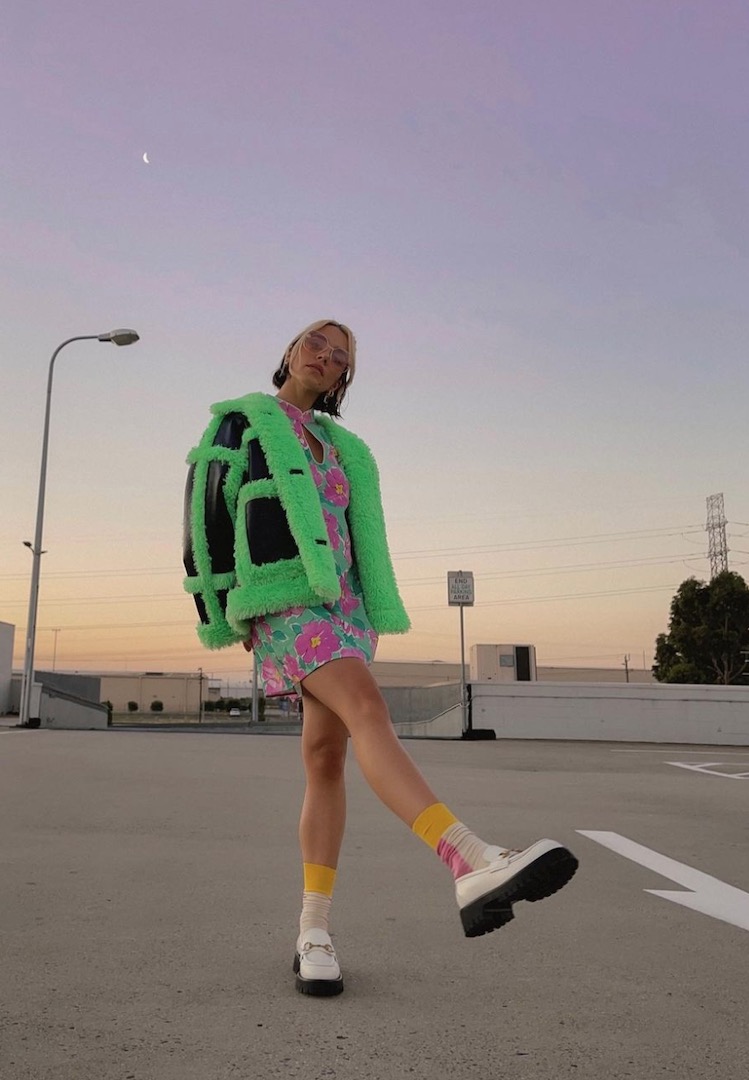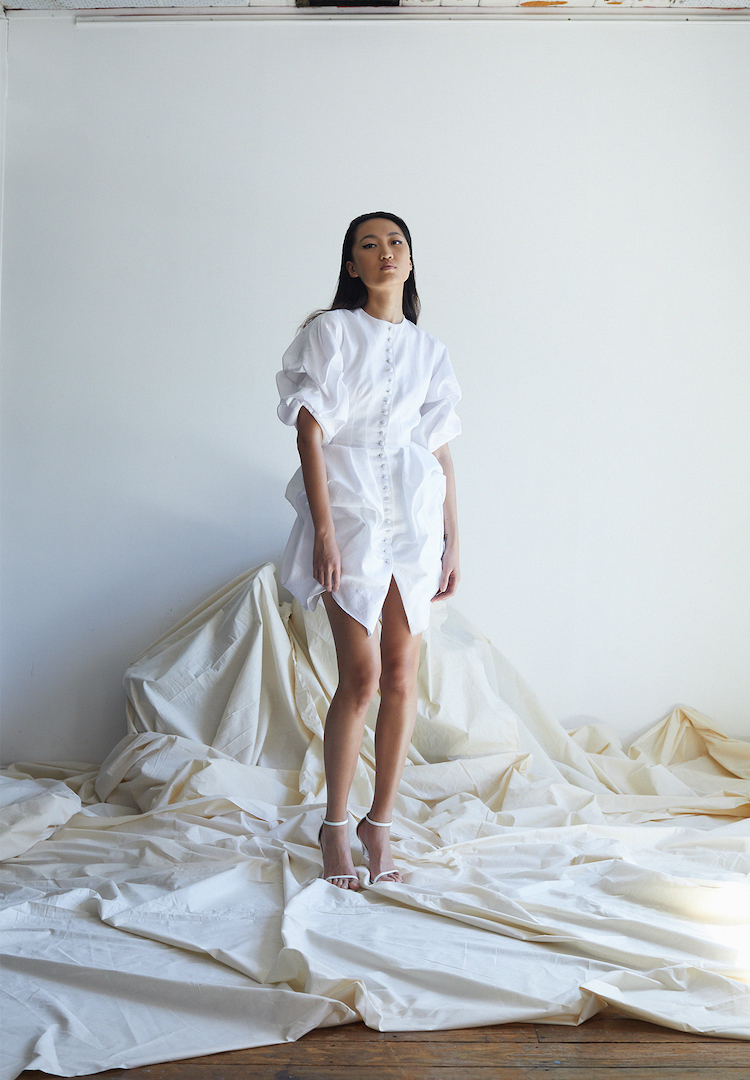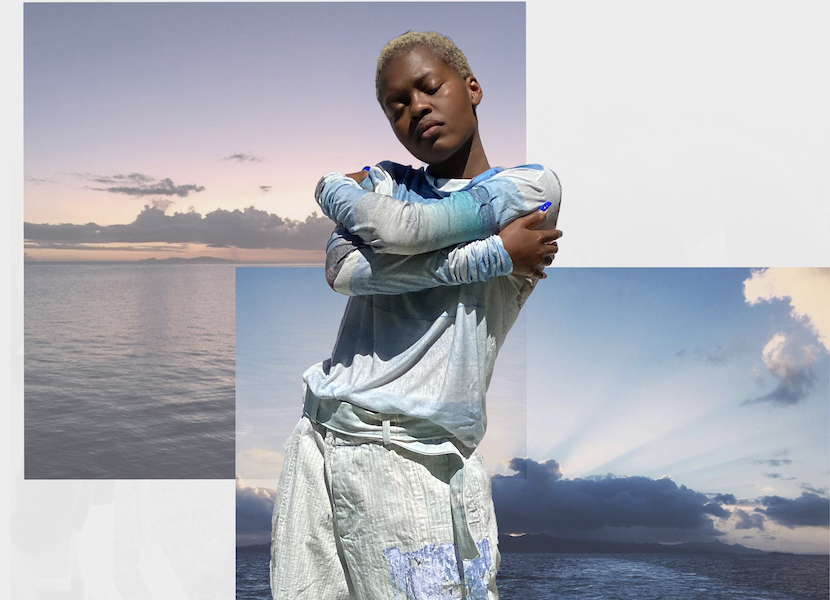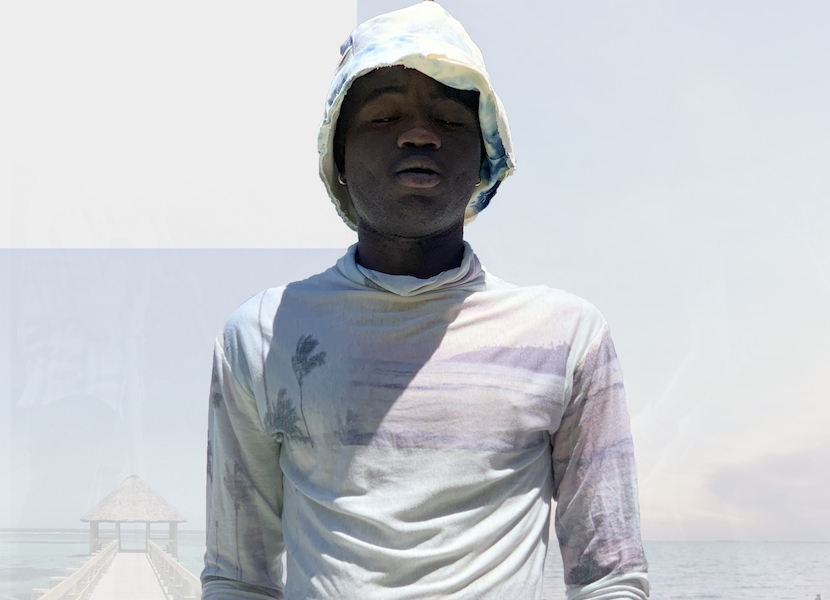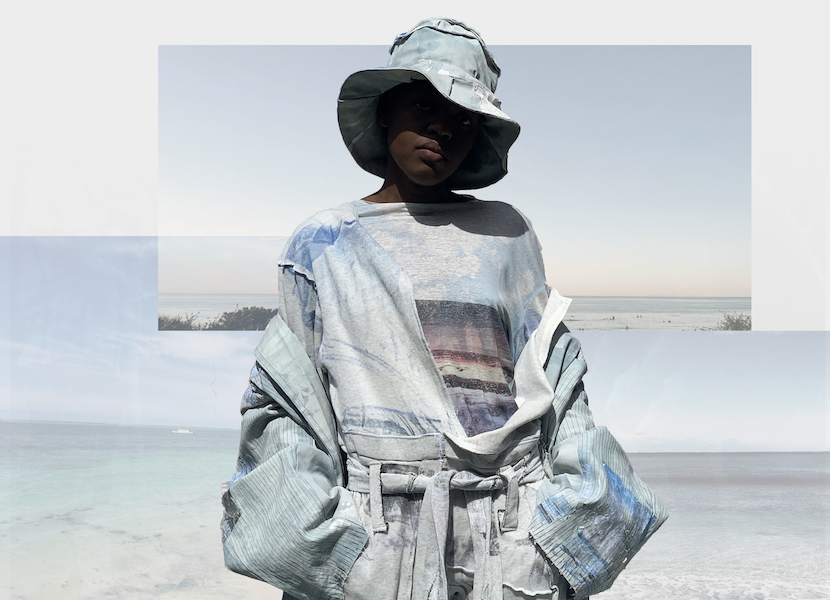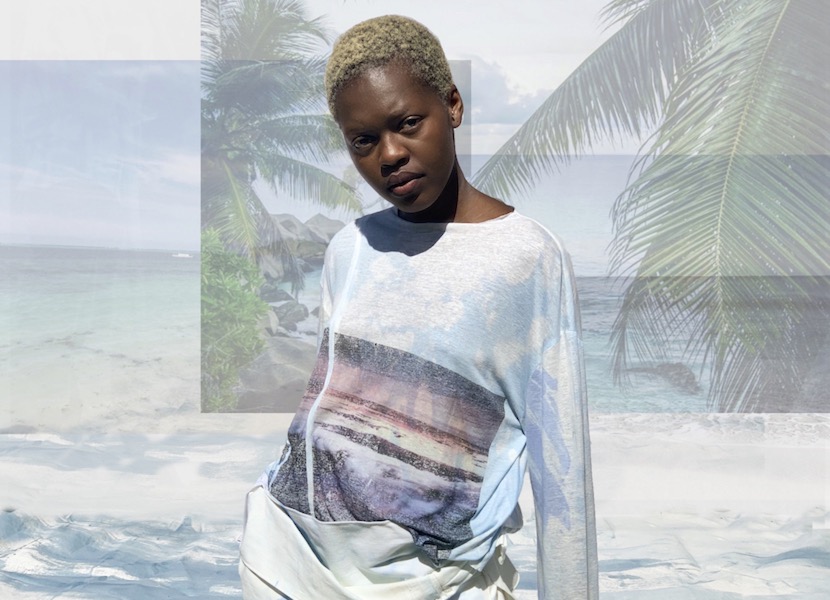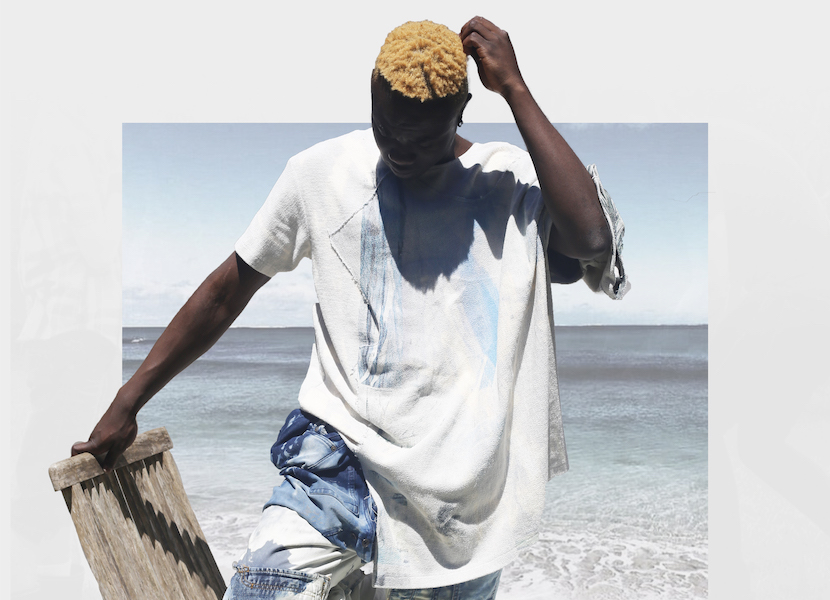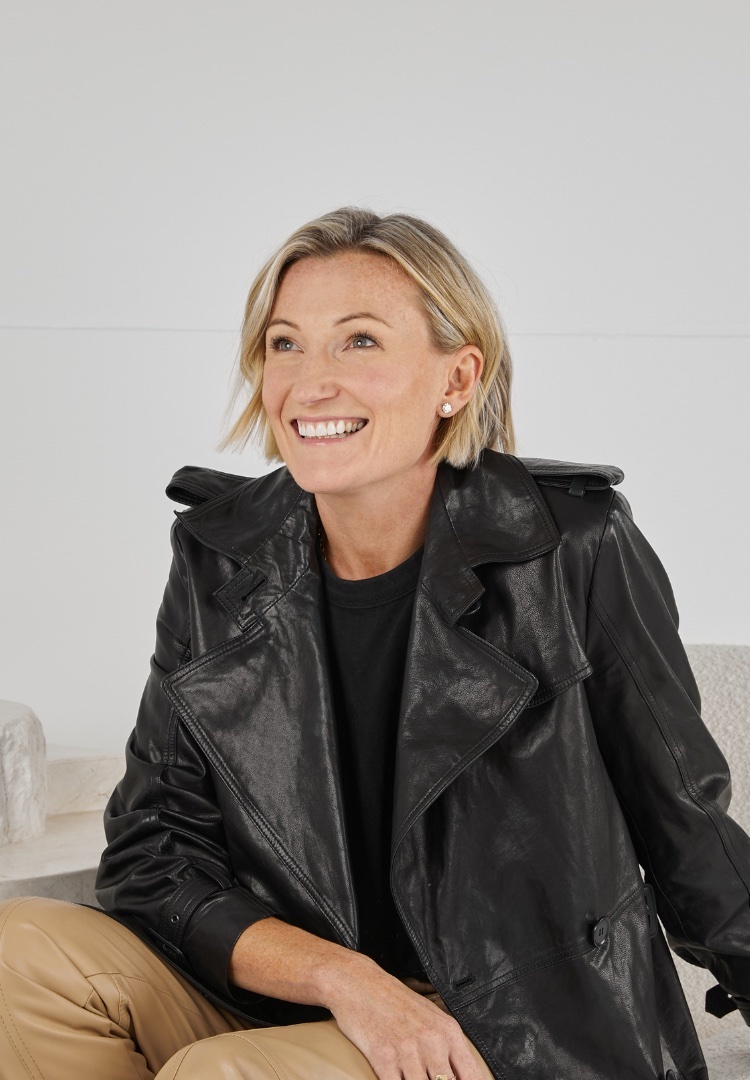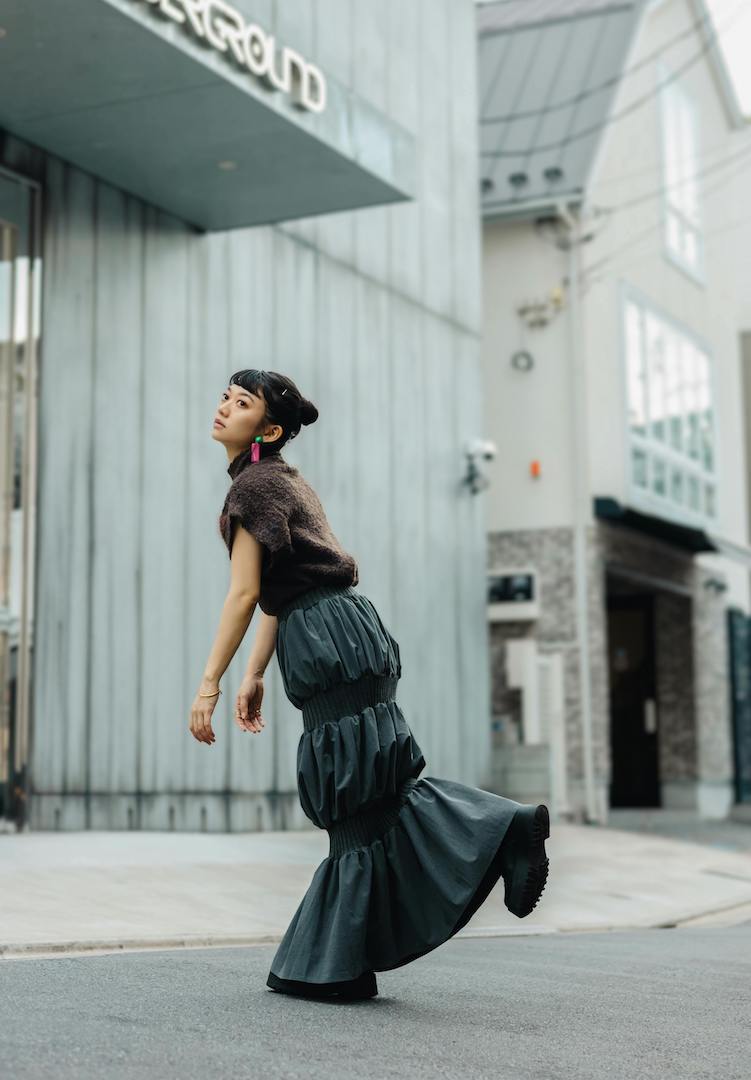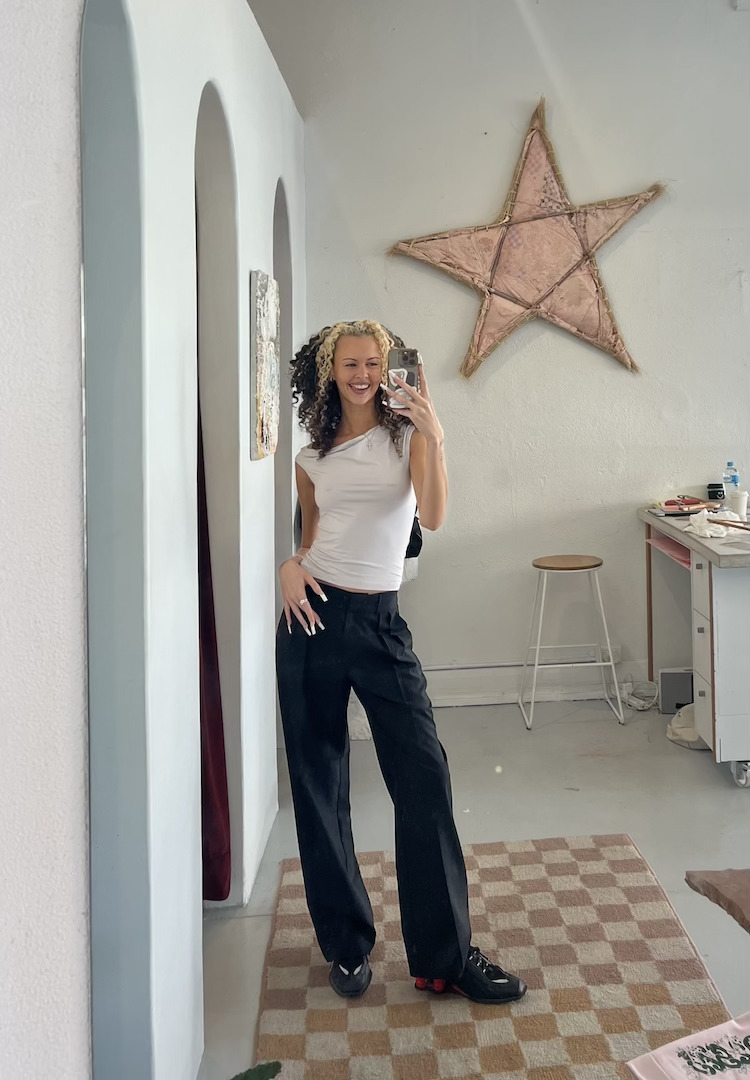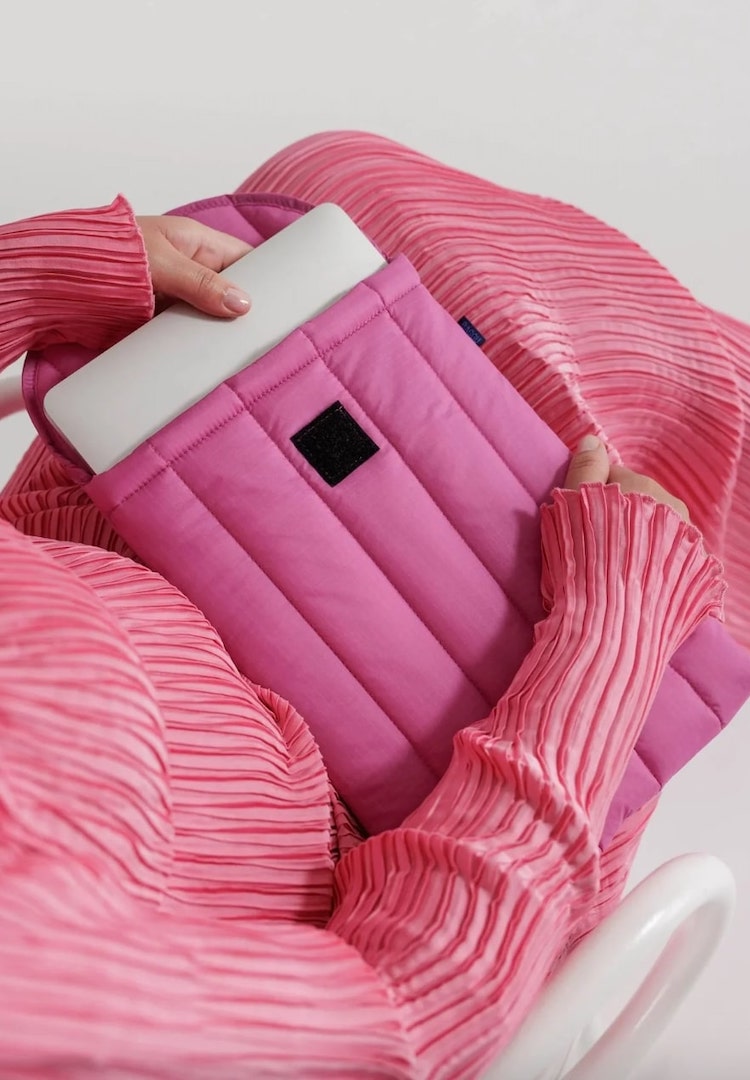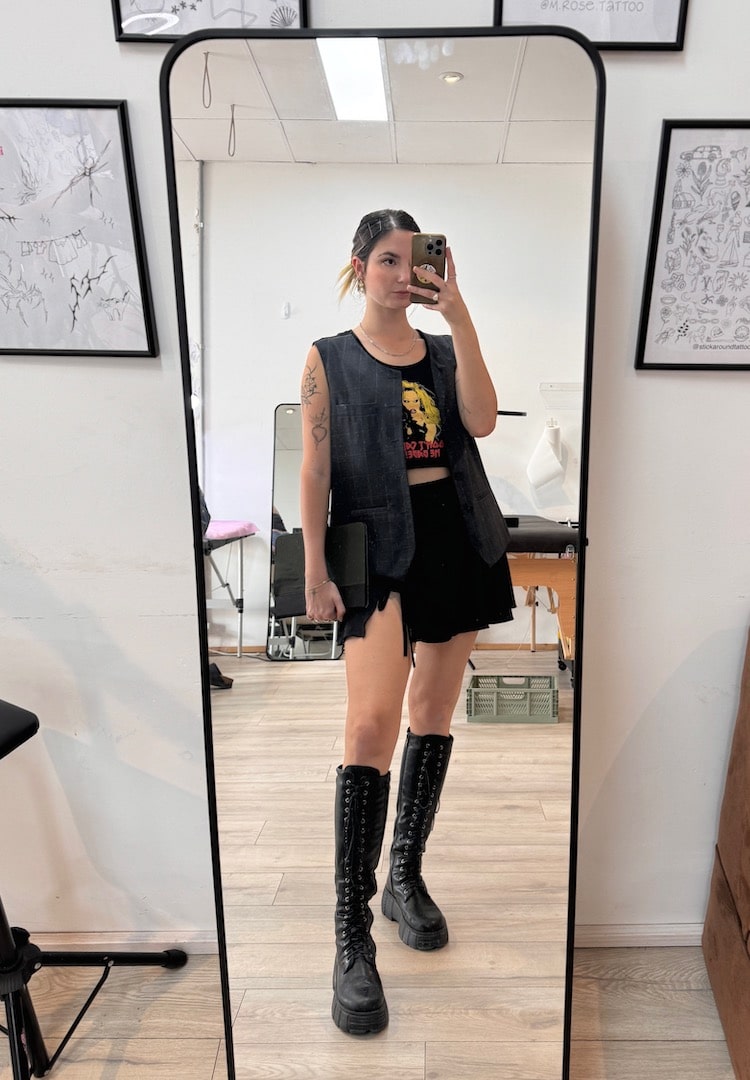Carol Lan’s graduate collection is a tribute to Fijian sunsets
Words by Jasmine Alavuk
Memories made tangible.
Carol Lan is one of 10 finalists selected for the Melbourne Fashion Festival National Graduate Showcase, presenting her graduate collection, The Unforgotten Memory.
Carol’s collection was inspired by her connection to her Fijian roots, honouring her childhood and island culture through printed, pastel-dyed designs.
Looking to procrastinate in a productive way? Subscribe here and we’ll send more great reads straight to your inbox.
Taking structural inspiration from Japanese streetwear, Carol presents photographic memories of sunrises and sunsets by the sea using her screen printing skills. Using dyes and textile manipulation to change the shape of each garment, she creates a unique faded effect to her designs, reflecting memories that have aged but not been forgotten.
Please introduce yourself to our readers.
My name is Carol Lan and I study Fashion at UTS – I’m about to graduate.
Tell us about your collection.
My collection is named The Unforgotten Memory. It’s a streetwear style collection, which is connected to my childhood and my hometown – I actually grew up in Fiji. And I wanted to express my memories of Fiji in this collection. So you can see in this collection, there’s a lot of hues, a lot of sunset and sunrise. Whenever someone asks me how was Fiji and what do you recommend doing in Fiji, I will always be like, “Oh, you need to see the sunset, you need to see the sunrise and just relax on the beach – the calmness and all of the different hues on the ocean and everything.” So, that is what I wanted to portray in my collection. When people view my collection, I want them to feel that as well.
When did you know you wanted to get into fashion and textile design?
During high school in Fiji, every two years, we’d have this health class. And in that health class, we’d have this event called a fashion show where we had the opportunity to make our own garments like a dress or something. It was so much fun to me and I liked design, I liked drawing. I couldn’t do any other subjects. So I’m thinking, “Yes, I’m interested in drawing. I like clothes and I love to style people and I want it to go in this kind of direction.”
What were the major points of inspiration for your graduate collection?
So with inspiration for the garments, I looked into a lot of Japanese streetwear. In Japan, they have all these different people who just don’t care what they look like but just put on different garments, and that’s what I looked into. That’s why I like streetwear, and I wanted to put that into my collection work so everyone can actually wear it as well.
Tell us about the experience of putting together your graduate collection.
For the process, because of COVID and everything, it was such an honour that I was at least sponsored. I was chosen and sponsored by ISKO denim to make my collection, and that was really exciting. When you think of denim, it’s actually a very tough fabric, and it’s dark blue. I did a lot of experimentations, just to get the feeling of the garment, the relaxed fit of the denim. A lot of experimenting with bleaching and over-dying as well. I was trying to find my own colour for the collection in it, not the cheesy vibe it has.
What was the most challenging aspect of bringing Fiji to life through your designs?
Condensing a lot of elements, like from the photographs. In Fiji, we have all these traditional prints. I’m much more of a major print-based designer, so I like screen printing and everything.
Looking at that kind of blue tone of the sea and the ocean view – thinking, how I can put that ocean view into my collection, and how I can use my photographs? So in the collection, there are full transfer photographs, and I also used craftwork of pasting and rubbing, washing it off, which gives it a little bit of faded look. That reminds me of a print of my unforgotten memory. So you can see there’s a little bit of a faded process, which is like my memory of Fiji as well.
Tell us about your print and dye methods.
So for my print, it’s photograph transfer paper. During COVID, we weren’t able to go out and do all these workshops and stuff, so I had to stay at home and look into DIY and customising – “How can I transfer pictures onto clothing?” I found this way of using a paste on a printed photograph and then pasting it onto a garment, then after you dry it or wash it off it will still stay. So COVID actually helped. It was a kind of different type of technique. And it showed my own concept, my inspiration for how I wanted to portray the Fiji in my memory.
What part does sustainability play in your design practice?
Again, during COVID, we weren’t able to source our fabrics and everything. Because it was COVID and I had sponsorship, my UTS coordinator emailed a lot of his connections and they actually gave us a lot of fabric that wasn’t being used.
There are actually sample denim pieces, so it’s just one piece – one side of the leg with a pocket and then all the seams and everything. So instead of using all new denim material, I actually thought about, “What should I do with this sample fabric?” No one was using that. I was opening all the seams and then just trying to drape it into a garment. So it has the original seams and buttons from that garment. And because it’s denim, you can use it forever. It won’t get bad.
What’s next for you?
I want to slowly, slowly get my label bigger and bigger. Doing much more of this kind of thing, because I love denim. After all this experimentation, denim is my favourite material. So, getting all this kind of sewing done, just putting it up and seeing how it goes.
Find more of Carol’s work here.

